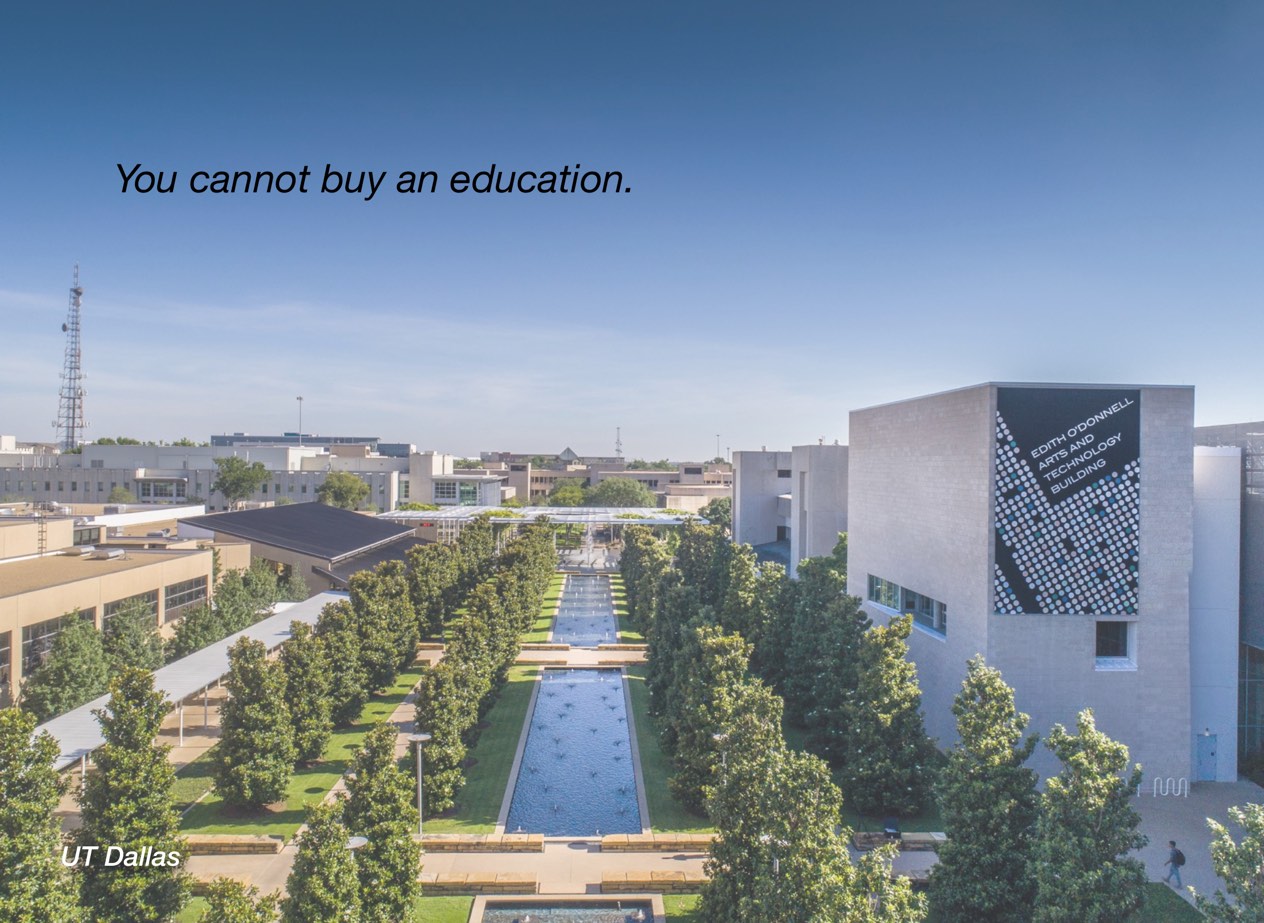9 A Value of Knowledge


Robert Prentice
What makes a great teacher? Much has to do with delivery. Is the professor enthusiastic, articulate, engaging, and so on? Much has to do with organization too. Is the material presented in a logical order? But much also has to do with content. Is the material up-to-date? Is it accurate? Is it deep? The best teachers do not just know more than their students. Rather, they are content experts.
To become such an expert, you should tailor your research to mesh with your teaching. At least some studies indicate that there is no necessary connection between good research and good teaching. Many good researchers are bad teachers and vice versa. If you are a good teacher, however, you can be an even better one by doing research that relates to courses you teach. That will help ensure that your content is accurate, rich, and detailed. Doing research in your teaching areas is not essential, but it is generally helpful and is something you should always consider in deciding which research projects to pursue. Why not make that research activity do double duty? Besides, students are often thrilled when their teachers are also recognized experts in their field.
These days writing a textbook is easier than ever before. If national publishers are not interested, you can simply publish through local copy shops. And, of course, you need not write a formal textbook. Your course materials can be a collection of written materials, links to websites and videos, and so on. The key is that you have made the materials your own. As Benjamin Franklin said, “An investment in knowledge pays the best interest.” That is true for you as well as for your students. You could even write a textbook. I have had the good fortune to teach just four primary courses over the years. For each, after I taught it a couple of times, I constructed a detailed outline of the course’s substantive material, organizing it in the way I thought made the most sense, although that often differed from the existing textbooks. Thereafter, I used the outline as the basis for writing a textbook for each of the four classes. When you have delved into the material sufficiently to write a textbook, you are darned close to being a content expert.


Chapter 9 Commentary: Robert Prentice
“Although writing a textbook may make you “darned close to being a content expert,” beware the overconfidence bias that affects almost all of us. Eighty-eight percent of American drivers rate themselves as safer than the median driver. This bias is difficult to shake; drivers who had been hospitalized after car wrecks still rated themselves as near experts in driving, even though 34 of 50 had caused the accident that injured them.
Unfortunately, this same overconfidence affects teachers: 94% of college professors in one survey rated themselves as above-average teachers, which doesn’t seem mathematically possible. Humility seems the better course. If you’d like to know more about the ubiquitous overconfidence bias, especially as it relates to ethical decision making.
At least if you have written a textbook, you should know enough about the topic you are teaching to avoid the Dunning-Kruger effect, which is a cognitive bias that causes people who know the least to be the most overconfident in their knowledge. They don’t know enough to know what they don’t know. Write a textbook, and you’ll know what you don’t know!”

